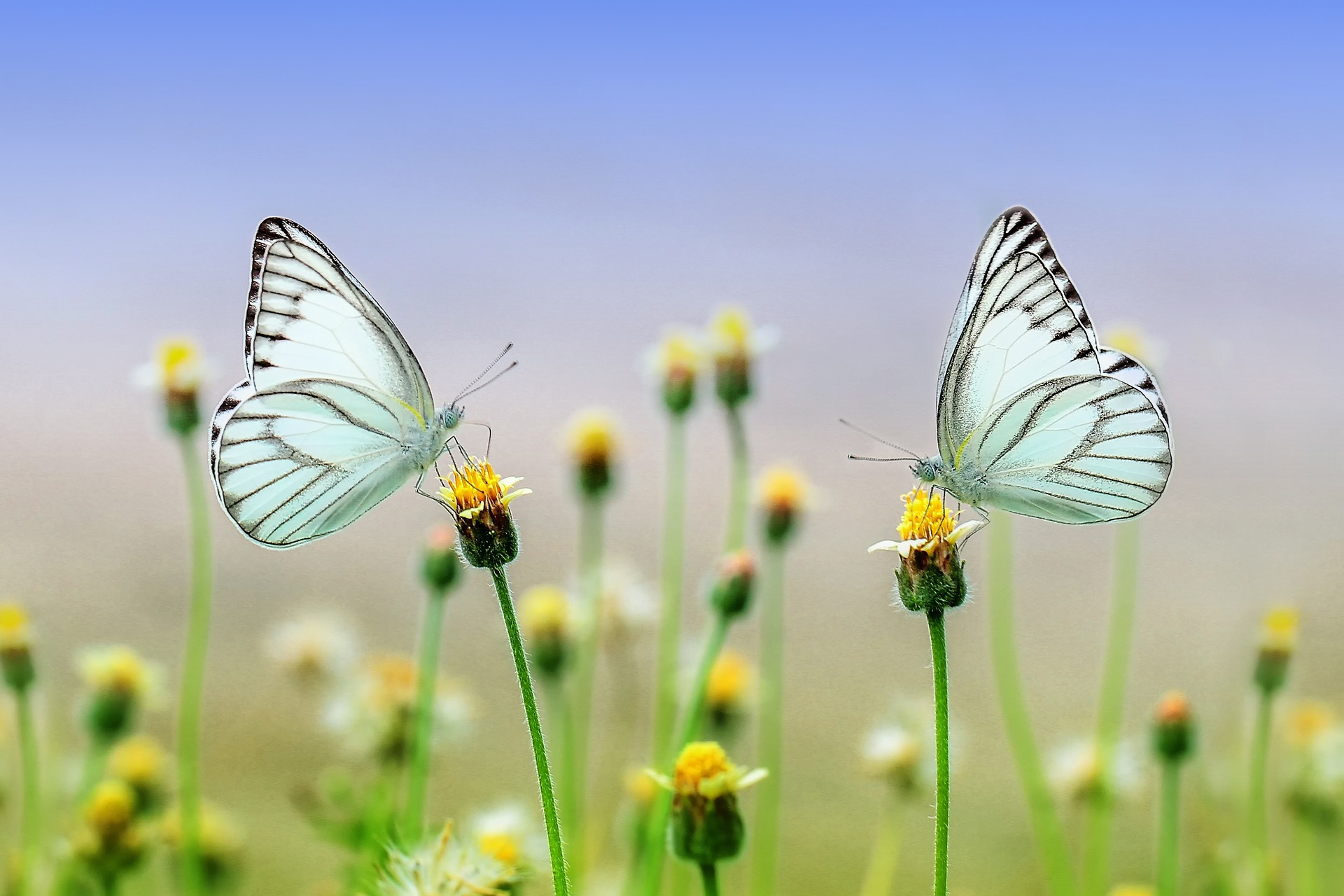The importance of roaches goes far beyond the domesticated horror they are so known for
It may sound pretty digusting, but cockroaches are actually an extremely fine-tuned machinery, at least, biologically speaking. We all are perfectly aware of how hard it is to get rid of them in a case of an infestation: that is because they can become resistant to basically any pesticide out there and, they are pretty hard to squish. Yet, almost 99 percent of all cockroaches do not actually live in cities. Quite the opposite, they play vital roles in all kinds of ecosystems, from the rain forests of Brazil, to the deserts of Saudi Arabia. They have an amazing ecological significance, as it has been discovered recently.
The ability in question is the pollinating one. In a new study, researchers have found that a particular type of roach, Moluchia brevipennis , native to Chile, is able to pollinate certain flowers by feeding off the pollen produced by them. That is bizarre for a few reasons. Firstly, and, probably, most importantly, we are not really used to thinking about these insects as pollinators because we have bees. However, we all know how good the rising of temperature is turning out to be for them. So, nature turns to cockroaches.
Evidence of this interesting behaviour has been known to scientists since the mid 1990s. Yet, to this day our observations of the precise roles of these creatures have been scarce. In a recent study, published in the American Journal of Botany, a team of Chinese, German and British biologists have shown that Apocynaceae, a species of a Chinese roach, can pollinate certain flowers. There are around 4500 species of roaches known to man and only 176 papers have been published since the discovery of this symbiotic mechanism. Almost all of them have been dedicated to the species discussed above, as well a type of an Amazonian roach, Amazonina platystylata.
The cockroach from Chile is a flower’s best friend
The study in particular was conducted by Christian Villagra, an entomologist at the Universidad Metropolitana de Ciencias de la Educacion in Santiago, Chile, and his colleagues, whose work was later published in the journal Revista Brasiliera de Entomologia. What the team found, was that the cockroaches would emerge every day to eat the pollen produced by most of the local plants, including the evening primrose, and then they would lay their eggs, also known as ootecae. However, they would only lay them on a particular type of bromeliad plant, Puya. According to the researchers, the roaches evolved to depend highly on the shelter and food provided by the native plants, since they are the ones that are best suited for the environnemental conditions in those particular areas of the world. Those include extremely harsh and dry climate.
The reason why insects eat pollen to begin with is a rather dry entomologic question, but a very interesting biological phenomenon. They do it because pollen is super energy-packed, filled with natural sugars (hence why we have been making honey from it for millions of years). Yet while eating it, the insects get it all over their tiny bodies. So, by flying to nearby flowers the transport the pollen with them. This is evolutionary significant, since all that pollen is, is the reproductive cells of the flower. By landing on another flower, the pollinating insect transfers that pollen onto its host and it’s only a matter of chance that the pollen falls onto the female reproductive organ of the flower, to be able to be fertilised. And just like that, a baby flower is born!
Bees or roaches?
This mechanism has been allowing the co-existance of both flowers and pollinaters since the down of time. Not only that, since humanity has been able to understand it, we have been using it for own good in nearly a third of our crop production. The plants we are so addicted to and on which most global markets rely on include cocoa, coffee, almonds and cherries. Overall, this makes up to 75 percent of a total of 115 food crops. However, our ecosystems are becoming endangered due to climate change and the quickly staggering rise in temperature. Scientists over the past eight years have been studying over 20 000 bees to see how they react and adapt to the changing climate. The results are clear – larger bees, such as the bumble bee, one of the most common polinaters, have a much lower temperature tolerance than other insects. This means that by having the Earth’s global temperature rising, we are seriously menacing global populations of those species. So, as Einstein was once quoted to saying: ‘ If the bee disappeared off the surface of the globe, then man would have only four years of life left. No more bees, no more pollination, no more plants, no more animals, no more man’.
Even though scientists are still debating whether or not we have only four years left to live if bees were to disappear all together, the simple truth is, we need them. Or at least, we need something to pollinate the food we put on our table. This is why the cockroach discoveries are this exciting. If we can figure out how to use their capabilities, we might be able to fight the global warming effect! So, the next time you see a cockroach, remember, it is much more closely related to a bee that you might think, so don’t try to kill it immediately. After all, you probably won’t succeed.
Trayana Hristova
Sources :
https://www.nationalgeographic.com/animals/article/cockroaches-pollination-insects-chile-animals
https://jeffollerton.files.wordpress.com/2020/10/image-2.png
Image : © Image par Ronny Overhate de Pixabay

